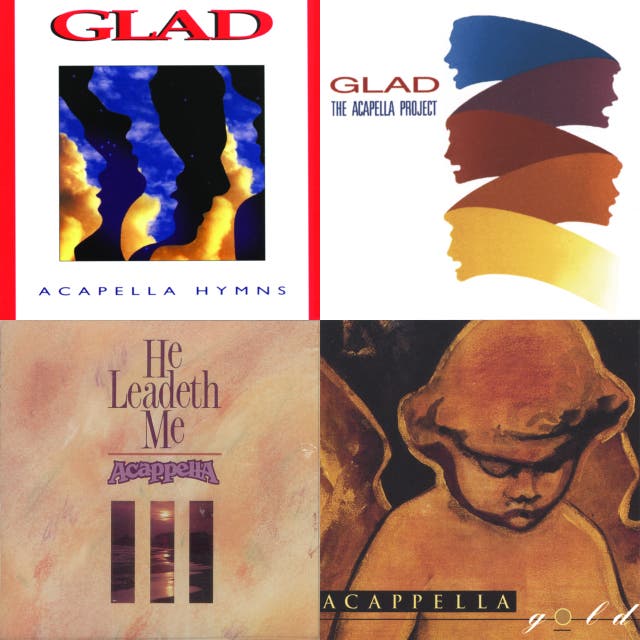A cappella music, which is singing without instrumental accompaniment, has been around for centuries. However, the evolution of a cappella groups as we know them today began in the late 1800s.
In the late 1800s and early 1900s, barbershop quartets became popular in America. These groups typically consisted of four male voices singing in close harmony without accompaniment. Barbershop quartets were often associated with the barbershop culture and were a common sight in barbershops across the United States.
In the mid-1900s, doo-wop groups emerged. These groups typically consisted of several male voices singing in close harmony with a lead singer and a backing vocal group. Doo-wop groups often used nonsense syllables and vocal harmonies to create a unique sound.
In the 1960s and 1970s, the popularity of a cappella music declined (the work of Gene Puerling notwithstanding, which I’ll cover in a different article), but it resurged in the 1980s and 1990s with the emergence of collegiate a cappella groups. These groups, consisting of college students singing in various styles, gained popularity with their unique arrangements of popular songs and their ability to create a full sound without instruments.
The 2000s saw the emergence of more professional a cappella groups, such as Pentatonix and Straight No Chaser, who have achieved mainstream success and have even won Grammy Awards for their a cappella performances.
Christian a cappella groups have also evolved over the years. In the early 20th century, Christian hymns were often sung a cappella in church services. In the 1950s and 1960s, gospel groups such as the Dixie Hummingbirds and the Blind Boys of Alabama began using a cappella harmonies in their performances.
Today, Christian a cappella groups range from traditional hymn-singing groups to contemporary Christian a cappella groups that perform popular Christian songs in a cappella arrangements. Some of the most popular Christian a cappella groups over the past 30 years include Acappella, Glad, and Take Six.

